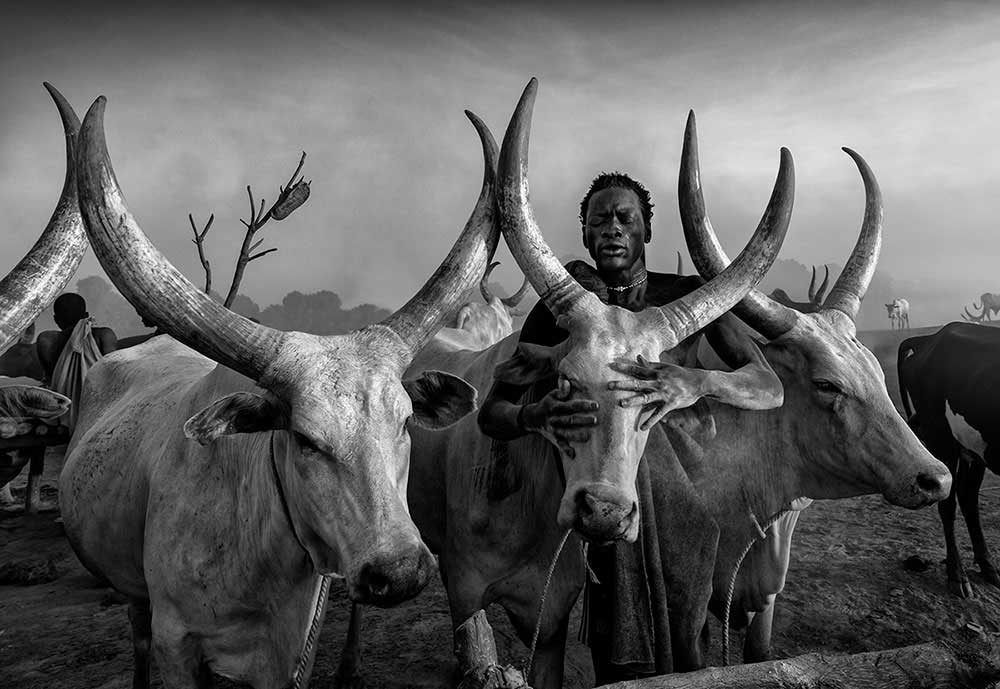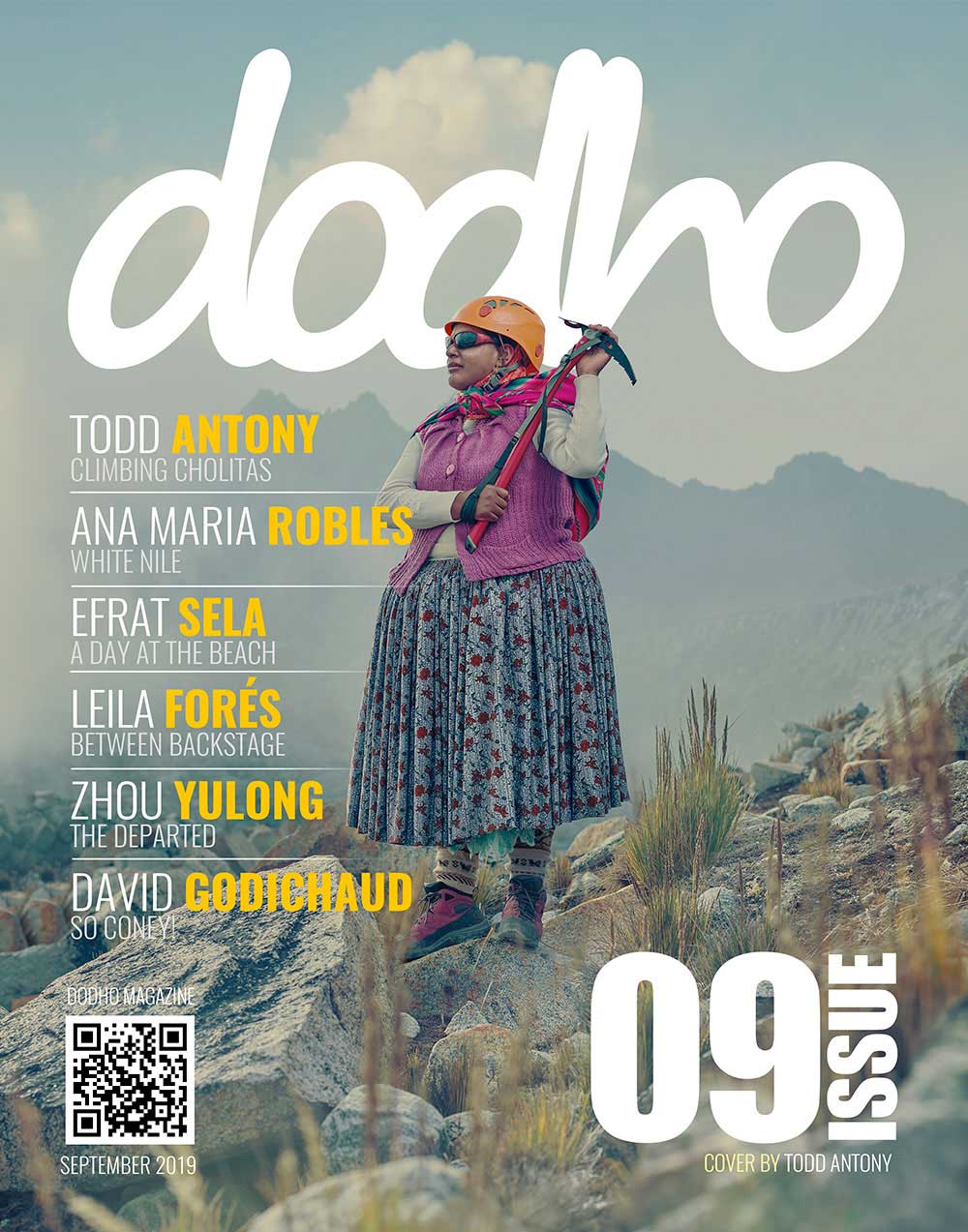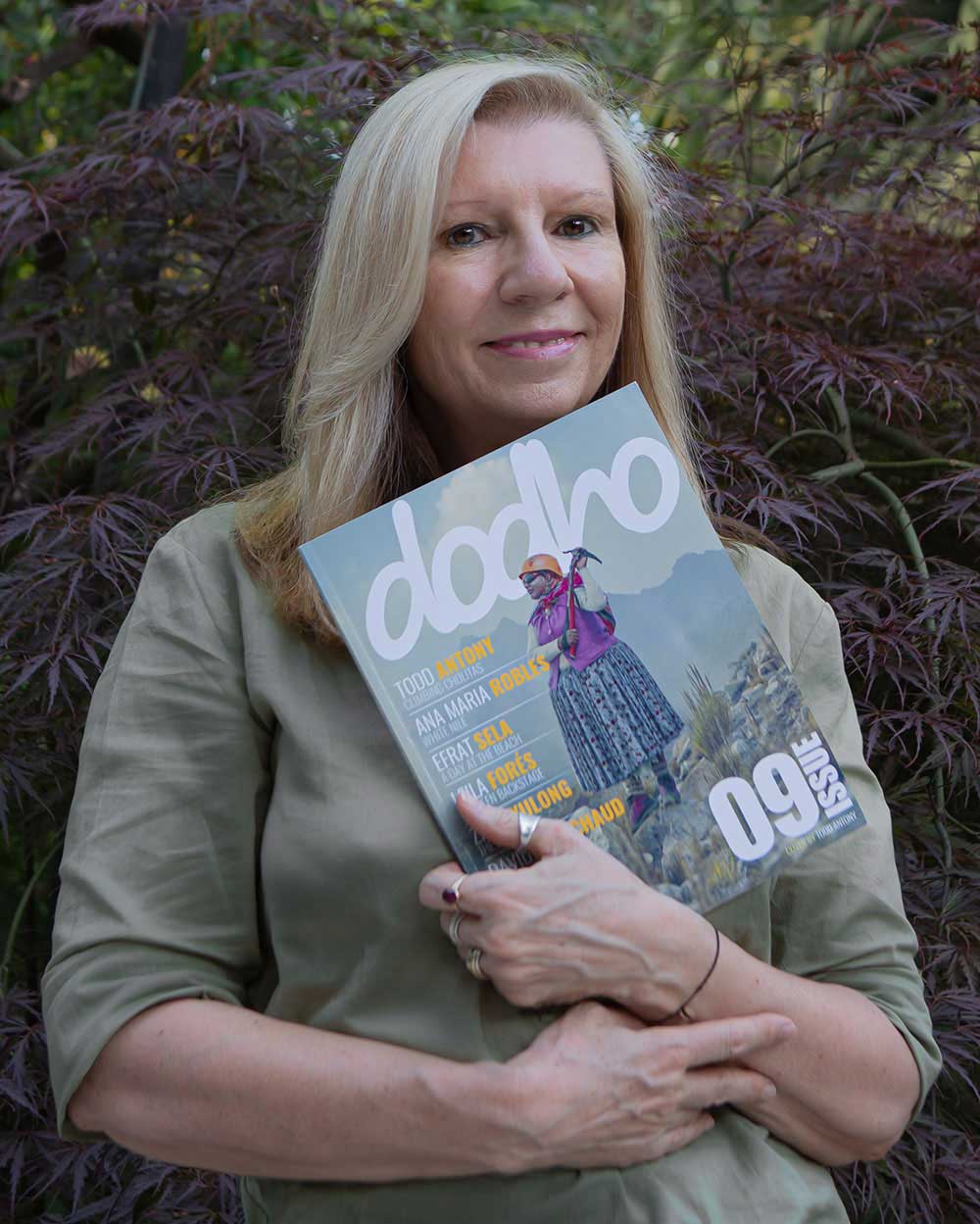 ANA MARIA ROBLES PUBLISHED IN OUR PRINT EDITION 09
ANA MARIA ROBLES PUBLISHED IN OUR PRINT EDITION 09
Can you tell us a little about yourself?
I am a Veterinary Doctor (I love nature in all its forms) and a social psychologist. I am currently practising veterinary medicine, producing medicines for animals and social psychology has helped me to connect with my patients´ owners and with the world. In 2000, I began to study photography, passionately and focused on anthropology and nature. I have had the opportunity to travel a lot across my country and through the world. (America, Africa, Asia, Oceania and a little bit through Europe) I consider myself a travelling photographer in search of cultures still preserving their traditions, feeling pride and having been little modified by our western forms.
How did you get interested in photography?
The world is amazing; photography is an experiences and sensations path. I found through it I have been able to share moments with wonderful people, from different cultures, from the understanding to respect things we have in common or from the significant differences and to from the learning. The photograph is also a document, a complaint; it can be an alert, a warning of situations or things that must be modified, or by the contrary, should be preserved.
What inspired you take your “White Nile” project?
I travelled through different countries of the African continent. Touring Ethiopia, a few years ago, I find myself restricting myself from approaching the border with Sudan because of the danger of that country at war. Years passed, and I had the opportunity to meet the anthropologist (today friend) Joan Riera, passionate about African cultures, which remain relatively intact. It was then that the project of touring South Sudan began to emerge, after its independence from Sudan in 2011. Our project was to know about the ancient cultures of the people of that area, but we had to make sure that the tribes we could visit would be in peace. To the north of Juba, a large area on the White Nile banks is occupied by the Mundari (Nile nomadic shepherds).
Both Sudan and then South Sudan, since 1955 have suffered and still suffer endless wars of independence, they are victims of political and economic interests and tribal warfare over territories and livestock, which has caused millions of deaths and millions of refugees.
In this context, they barely survive some traditions in their almost pure state. But because of the worsening of the general situation, it is assumed that if there are no actions that lead to definitive peace, it is a country where people will continue to die. There is almost no news of this situation in the western world.

What did first draw you to this project? Why did you want to tell this story?
I wanted to tell this story as well as the story of the other tribes we were with, located in an unstable country, and that despite everything they fight not only for subsistence but also to preserve their ancient cultures or traditions. They are very rich cultures where the individual integrated into the group, collaboration, sharing, generosity is valued. They maintain a syncretism between their original beliefs and the Christian influences that are coming.
I’m interested in talking about how they live today before Western pressures transform them. Already just having been with my camera should have influenced their way of life; and I was not the first, there are shirts, sneakers, perhaps a hookah of Muslim origin, probably from the north, and rags or blankets of Chinese origin with what now cover their bodies.
What has been the hardest part of this project?
It was challenging to make the decision and differentiate what I wanted to document, in my case, resistant cultures, not war. Then all the local logistics (van, driver, cook, meal and water plan for many days, shops, etc.), how to move, where to move. We were accompanied by a boy from the Toposa tribe, connoisseur of tribal conflicts, with a vast knowledge of the south of his country and the northern part of Juba on the White Nile banks. We rely entirely on the experience of our friend Joan Riera, and there we went …
How would you define in general your style photography?
My photography is documentary, simple portraits that tell me about their emotions or portraits set with facts and customs.
Could you please tell us anything about your technique and creating process?
The capture of the images is spontaneous in its great majority. Naturally, I get the lights, the shadows, the expressions of the faces, the moods, the interactions between people, the objects present. There are previous agreements allowing me to take photographs respecting people’s decision. After the day is over and in front of the computer, I must spend some time thinking, to be able to mature the experiences and then decide what detail or details are what makes the image interesting or unique or what I want to highlight. Then I go to the creative process, adjust brightness, contrast, saturation, sharpness, etc., respecting the original shot a lot.

In your opinion, what does make good documentary photography?
Good documentary photography generates an impact on the viewer.
It tells us about the sensitivity of the photographer and his connection with the chosen topic.
How much preparation do you put into for taking a photo?
I prepare and study the subject I want to develop, I ready my team, but the photographic shot is very fast, spontaneous and unique.
What do you think does a memorable project?
A great project is one I feel deserves to be told. When I think it will produce in the observer, the sensations range it caused in me.
How do you know you got the shot you wanted?
When my heart beats stronger.
Your idea of the perfect composition?
I don’t believe the perfect composition exists in any artistic manifestation; there is simply the magic moment where everything fits.

What would one find in your Camera Bag?
Of course, the camera, the lenses, the memories and the batteries. The cleaning elements. A notebook. Pen- Tissue paper and some personal items for the moment. Protective bags, maps, documents, glasses. Sunscreen.
What plans do you have for the future? What projects would you like to accomplish?
I have many pending projects, among others to make a photo-book to leave my children.
Display my photos to share the stories that have touched me. Continue developing the projects started. Among them the ceremonies to the Goddess of the Sea in Uruguay, The precarious balance of settlers and Guarani from our Missionary jungle (Argentina), El Toreo de la Vincha, in the province of Jujuy in Argentina among others. Stories of unknown women.
Finally, one last question. What do you think of our print edition?
Printed photography is the best form of expression of photography. The edition of the magazine is magnificent in quality, colour and content. I am very flattered to be part of the ninth publication.








